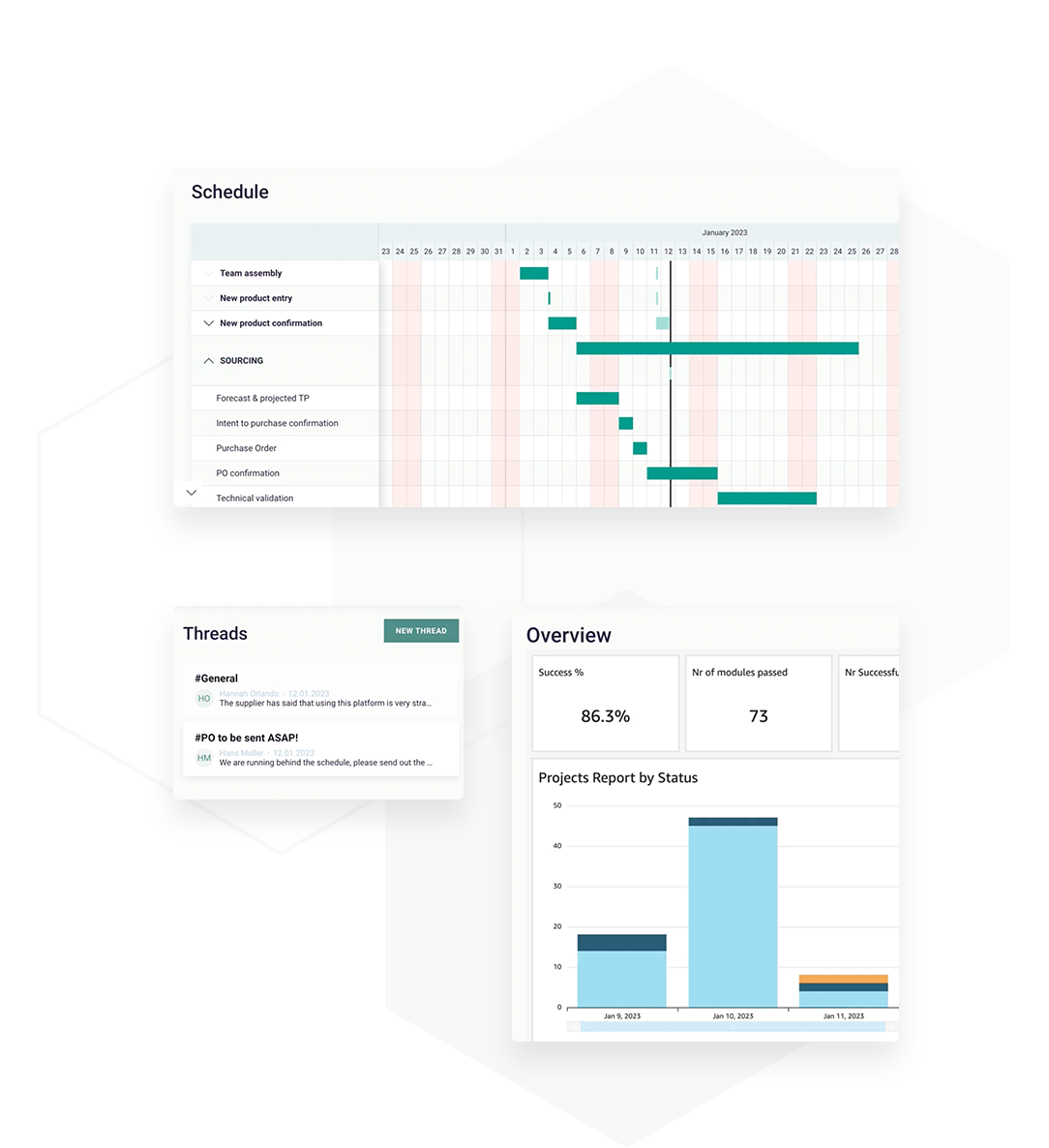Deliver digitalisation projects easier.
Rapid Prototyping
Clients almost always want to see the end result before they commit.
- Present functioning workflows to clients as part of your sales pitch
- Prototype processes with only a few hours of effort
- Bring out your value to the project instantly
Easy Editing
The client always wants last-minute changes.
- Easily duplicate, edit and add new features to a process
- No additional development time necessary
- Add value to clients without sacrificing your bottom line
Fully Customisable
Decision-makers are disillusioned by out-of-the-box software.
- A fully tailored digital environment for each client
- Separate user interfaces, including different features for each user
- Customisable rights and permissions for third-party collaboration
Instant Implementation
After creating a concept/wireframe, the hard work usually begins.
- From initial concept to fully implemented projects within weeks
- Rapid iterations and live user testing
- Development resources will never be the bottle-neck again

For process developers, by process developers.
Navigating common challenges
We add value in every step of your client journey
Where we can help
Step 1
Making Offers
When consulting, you can help your clients in understanding their process requirements better and visualize their bottlenecks with less resources and more impact.
Step 2
Doing sales pitches
Since it takes very little effort, you can show your prospects how their process would look like even before they commit
Step 3
Developing processes
Since a bulk of the work is now no-code, there is no need for lengthy and costly development sprints between prototype and MVP
Step 4
After-sales support
Make changes/amendments to completed projects in a few hours instead of weeks.
Step 5
Growing your client-base
Because of its scalable nature, you can accept more projects and grow your business, without overhiring.